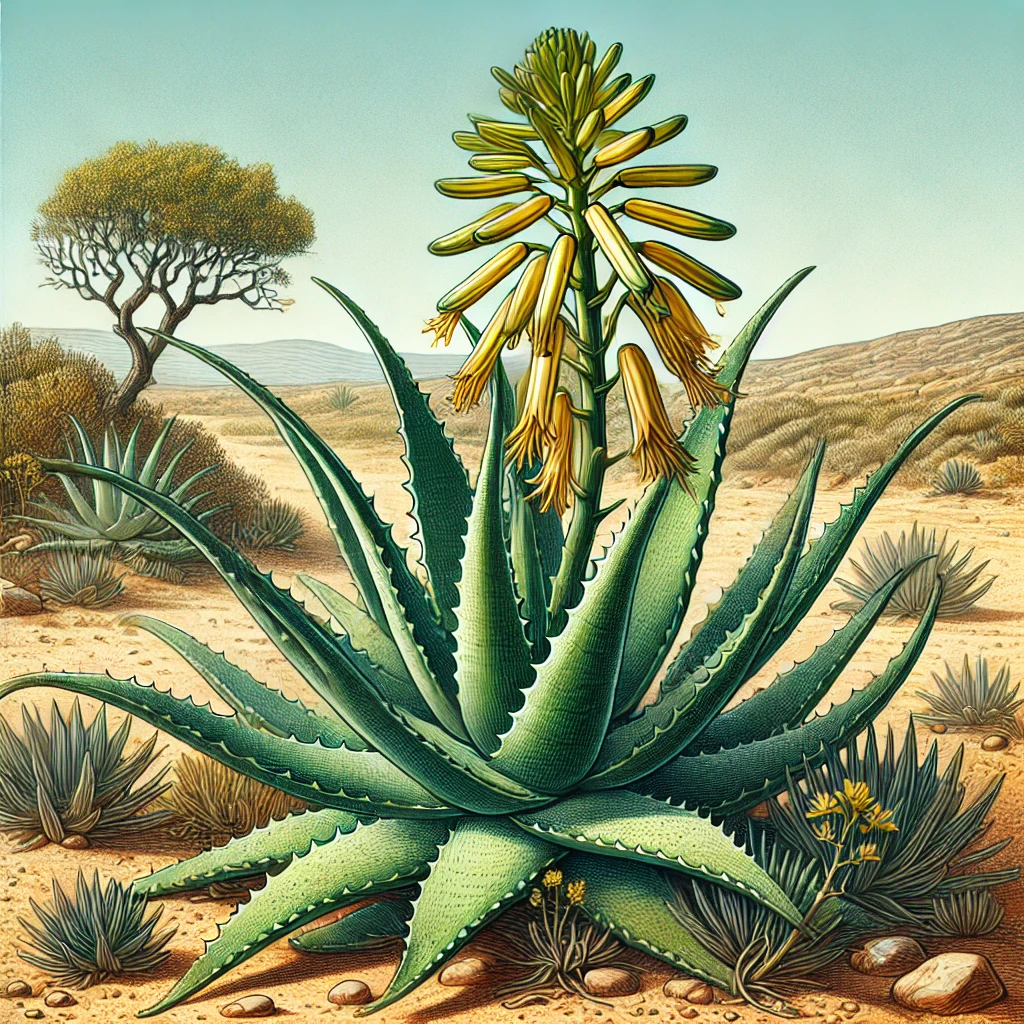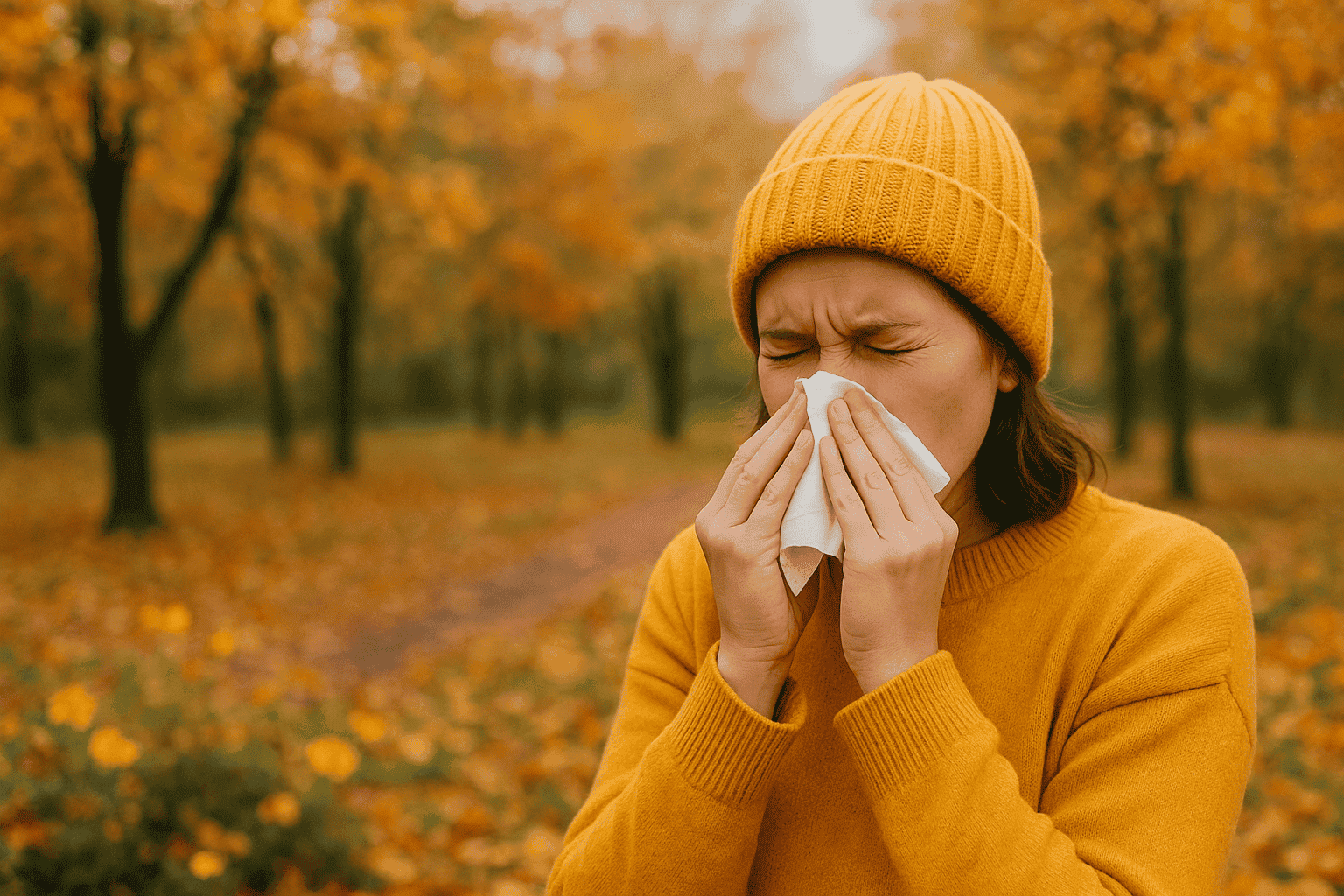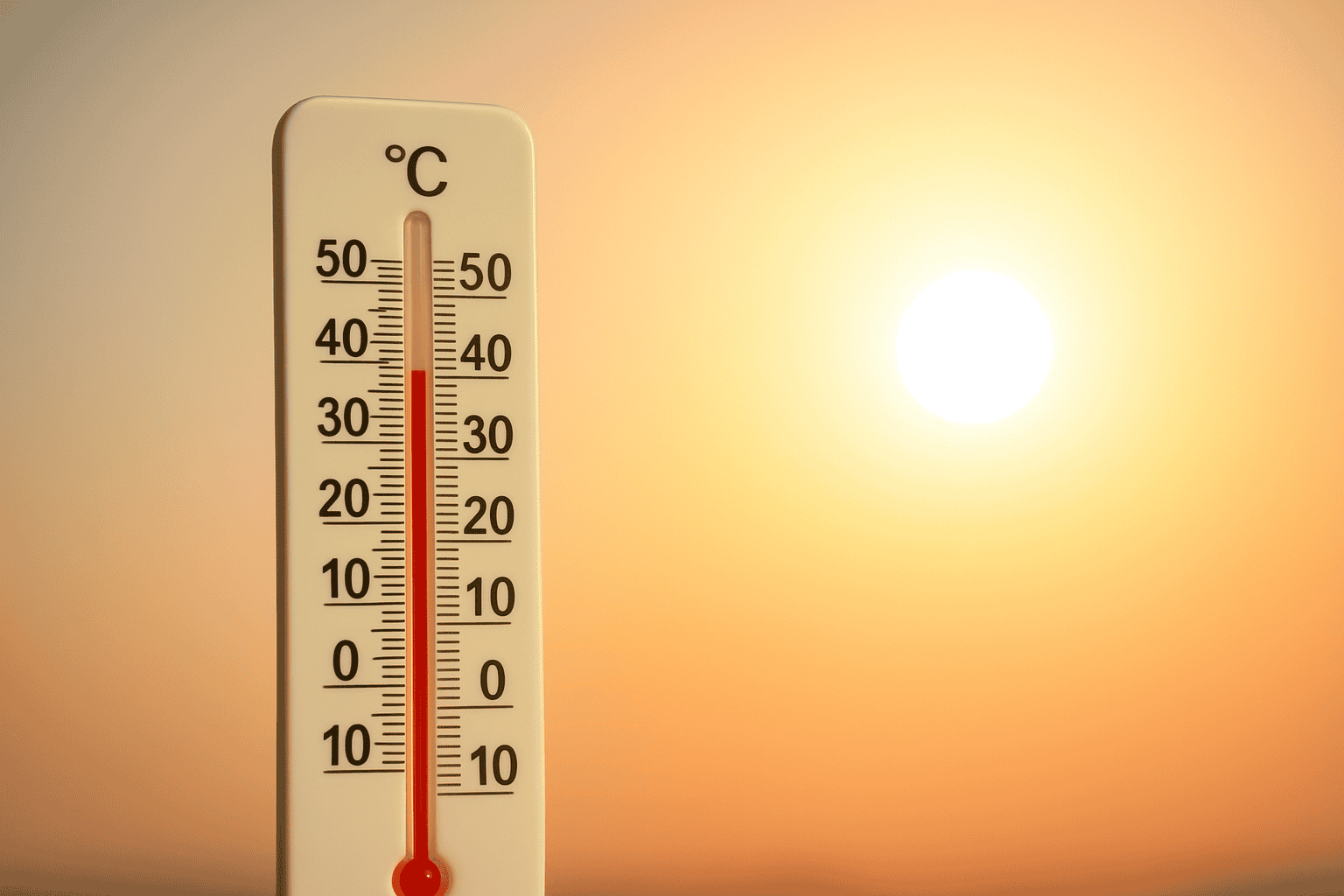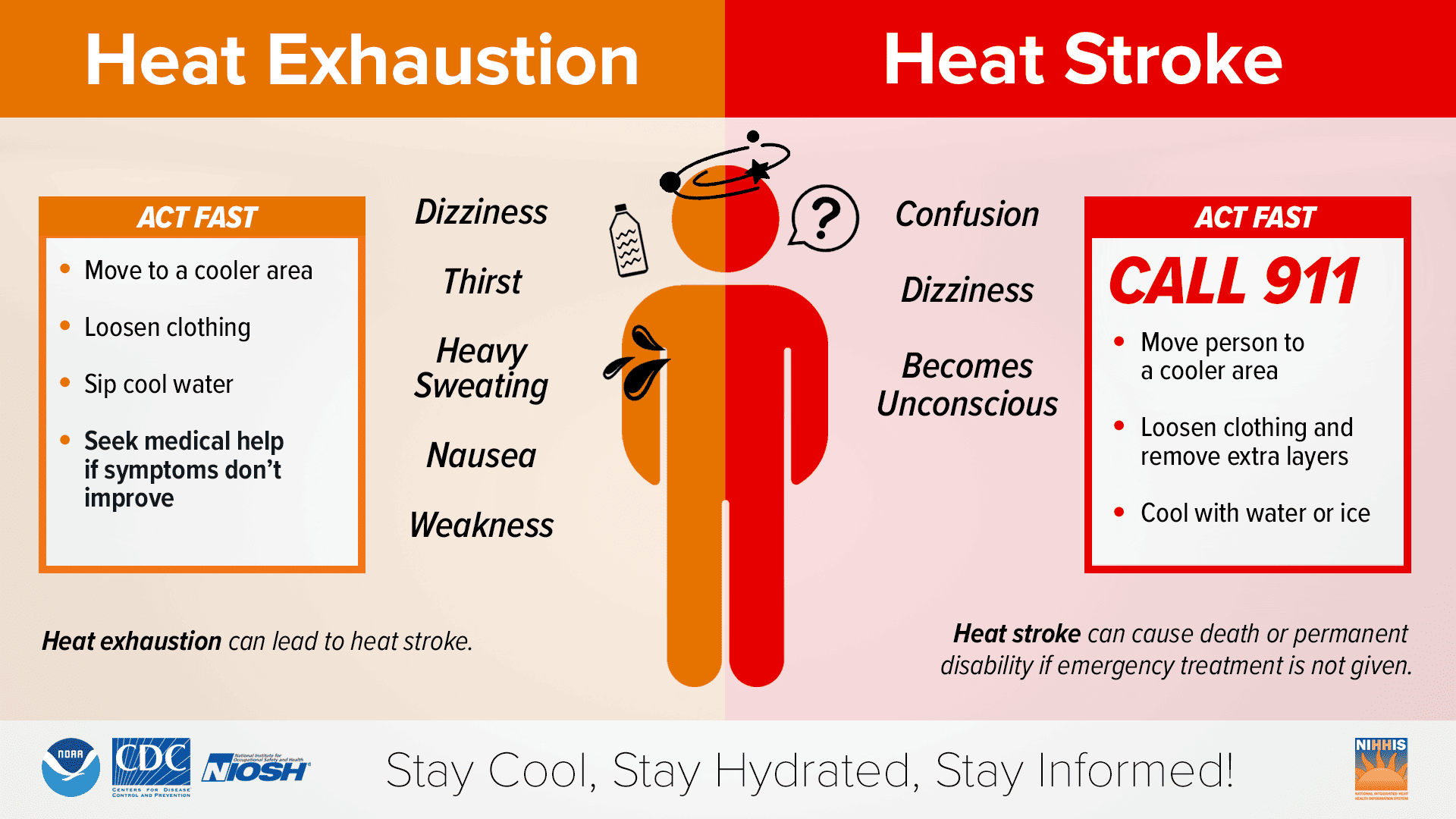
Introduction
Aloe vera (Aloe barbadensis Miller), a succulent plant from the Liliaceae family, thrives in arid regions such as Africa, the Arabian Peninsula, and India. Renowned for its medicinal and nutritional properties, Aloe vera has been utilized for centuries in traditional medicine. Modern scientific research has validated many of its health benefits, making it a staple in pharmaceutical, cosmetic, and nutritional industries.
Body
Habitat and Growth Conditions
Aloe vera is well-adapted to arid and semi-arid climates, possessing thick, fleshy leaves that store water, enabling it to withstand prolonged droughts. It prefers well-drained sandy soils and can tolerate high temperatures and harsh environmental conditions.
📘 A study published in the Journal of Arid Environments highlights Aloe vera’s preference for sandy, well-drained soils and its resilience in extreme climates .

Medicinal Properties
Antioxidant and Anti-inflammatory Effects
Aloe vera is rich in antioxidants like flavonoids and polyphenols, which combat oxidative stress and reduce inflammation. Its antibacterial and antiviral properties make it effective in treating wounds and burns.
🧪 Research in Phytomedicine confirms Aloe vera gel’s antibacterial and antiviral activities, attributing these effects to its antioxidant constituents .
Skin Care Applications
Widely used in cosmetic products, Aloe vera gel enhances skin hydration and elasticity, aiding in the treatment of acne and dermatitis.
🧴 A study by Gupta et al. (2010) demonstrated that Aloe vera extract significantly improves skin moisture and elasticity .
Digestive Health Support
Aloe vera contains aloin, a compound known for its laxative effects, which can alleviate constipation. Additionally, Aloe vera juice promotes gut health by enhancing the growth of beneficial bacteria.
🍃 Boudreau & Beland (2006) found that Aloe vera consumption supports intestinal health and beneficial microbial growth .
Immune System Enhancement
The polysaccharides in Aloe vera, particularly acemannan, stimulate immune responses by activating macrophages and other immune cells.
🛡️ Eshun & He (2004) reported that Aloe vera polysaccharides enhance immune function through macrophage activation .
Nutritional Composition
Aloe vera boasts over 200 active compounds, including:
- Vitamins: A, C, E, B12
- Minerals: Calcium, Magnesium, Zinc, Chromium
- Amino Acids: 20 total, with 7 essential amino acids
- Enzymes: Amylase, Cellulase
- Anti-inflammatory Compounds: Anthraquinones, Cytokinins
📊 According to ScienceDirect, Aloe vera contains more than 75 bioactive constituents, contributing to its therapeutic effects .
Scientific Research and Expert Opinions
Dr. Ivan E. Danhof, often referred to as the “Father of Aloe Vera,” emphasized the importance of using properly processed Aloe vera to maximize its health benefits.
🧑🔬 Dr. Danhof’s research underscores the efficacy of high-quality Aloe vera products in promoting health .
The U.S. Food and Drug Administration (FDA) recognizes the use of Aloe vera in treating minor burns and skin irritations, reflecting its established therapeutic value.
🏥 The FDA acknowledges Aloe vera’s role in soothing skin injuries and minor burns .
Conclusion
Aloe vera is a versatile plant with a rich history of medicinal and nutritional use. Its bioactive compounds offer a range of health benefits, from enhancing skin health to supporting digestive and immune functions. Ongoing research continues to uncover its potential, solidifying Aloe vera‘s status as a valuable resource in natural health and wellness.
Key Takeaways
- Aloe vera thrives in arid climates, storing water in its leaves.
- Rich in antioxidants, it combats inflammation and supports wound healing.
- Enhances skin hydration and elasticity, beneficial in cosmetic applications.
- Contains aloin, aiding in digestive health and alleviating constipation.
- Polysaccharides in Aloe vera boost the immune system.
- Comprises over 200 active compounds, including essential vitamins, minerals, and enzymes.
- Recognized by experts like Dr. Ivan Danhof and institutions like the FDA for its therapeutic properties.
References
- Smith, G.F., & Van Wyk, B.E. (2009). Journal of Arid Environments.
- Choi, S., & Chung, M.H. (2003). Phytomedicine.
- Gupta, A.K., et al. (2010). Cosmetic Attributes of Aloe vera L. Gel.
- Boudreau, M.D., & Beland, F.A. (2006). An Evaluation of the Biological and Toxicological Properties of Aloe Barbadensis Miller (Aloe Vera).
- Eshun, K., & He, Q. (2004). International Immunopharmacology.
- Aloe Vera – an overview. ScienceDirect Topics.
- Properly Processed Aloe Vera. The BMJ.
- Aloe Vera: Usefulness and Safety. NCCIH.






